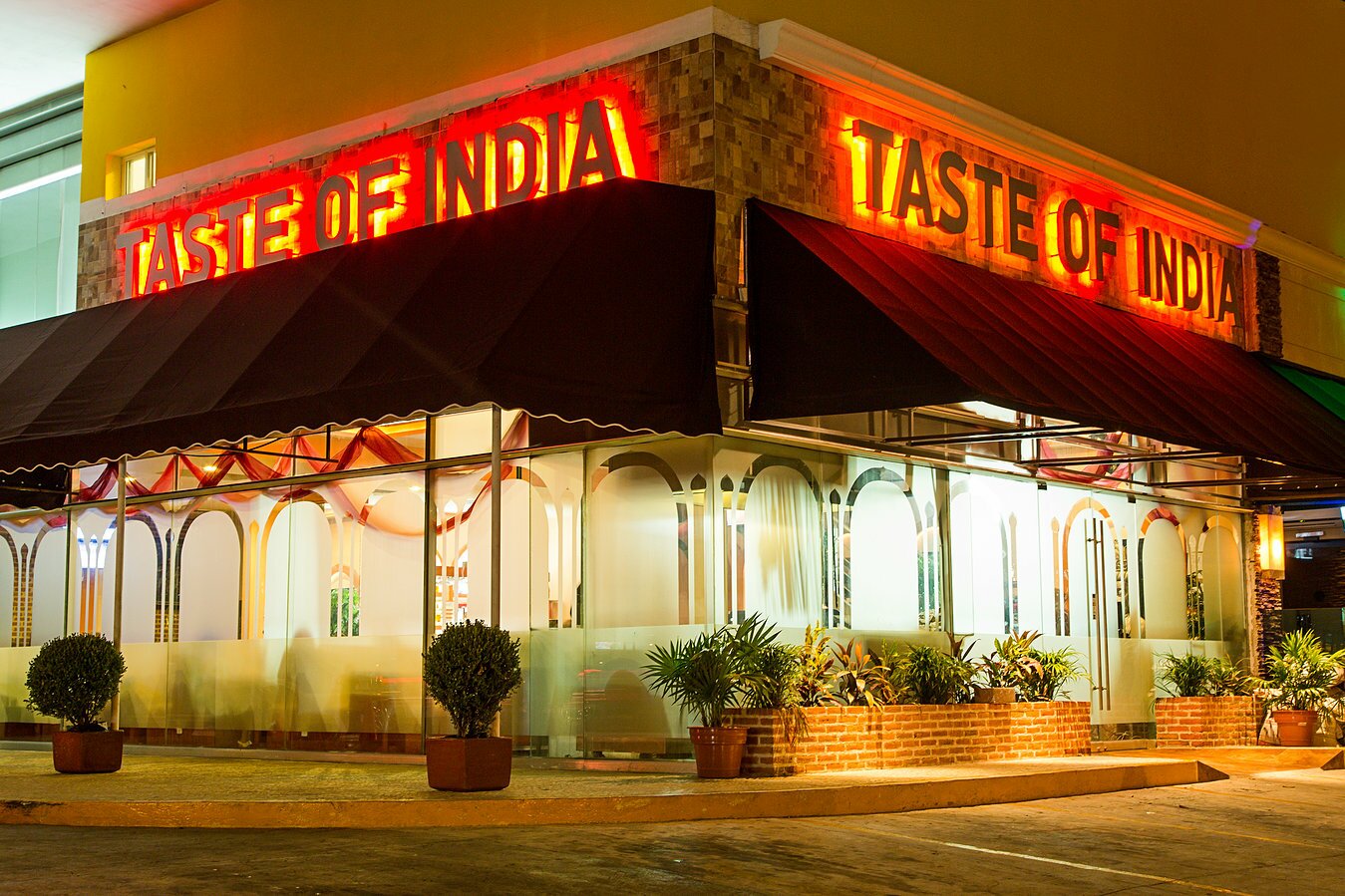The real taste of India
27 September - December 2017
By Chinar Shah and Nihaal Faizal
Every major city in the world probably has a ‘Taste of India’ restaurant. Serving Indian food, these restaurants promise to deliver the essence of India through select menu items, wall hangings and softly audible classical music. A consumable brand offering India on its plate, these restaurants also extend themselves as souvenirs. As markers of experience, the restaurants summarize an imagination of India consolidating it as take away ‘naan bread’ or tabletop pictures of Taj Mahal.
Drawing from these ‘Taste of India’ restaurants, ‘The Real Taste of India’ is a commentary on homogenized national identity and the commercialization of culture. While the existing ‘Taste of India’ restaurants aren’t part of a single large chain, they utilize the same brand name and often employ similar strategies of design, identity and décor. These strategies of homogenization cater towards smoother consumption and are reflected in our artworks comprised of standard consumer objects produced and customized through a variety of outsourced services.
The objects in our installation exclusively feature content drawn from the internet – a central agent in today’s data oriented world of global capital. The internet functions as a space seemingly without borders, yet despite its earlier utopian promises, it is a space that has been steadily corporatized. More than any other medium today, it is the internet that mediates our understanding of the world and also of national identity. Beginning with content found on the official websites for Taste of India restaurants, our installation also draws from user-generated rating websites, Wikipedia, online travel guides and web-based customization services.
‘The Real Taste of India’ is produced at a time when the ‘national’ in India is being fervently claimed and appropriated. As India undergoes drastic changes in its economic and political policies, ‘The Real Taste of India’ examines the predominant relationship of national identity and corporate interests.
Chinar Shah is a Bangalore based artist. She runs a home gallery called Home Sweet Home that uses various domestic spaces as a way to make and show work. She currently teaches at Srishti Institute of Art, Design and Technology, Bangalore, where she is a coordinator for photography discipline. Her work 'Silenced Ruptures' (2012) on the Gujarat riots has been part of a travelling memorial exhibition around India. Her recent work 'Aravanis' (2015) was shown at the Tate Liverpool and subsequently at festivals worldwide including the Birmingham Photo Festival and Art Bengaluru. Chinar has also been part of many international artist exchange programs. She is Co-Editor of Photography in India: from Archives to Contemporary Practice (Bloomsbury, forthcoming).
Nihaal Faizal is an artist based in Bangalore, India. Working across mediums his practice examines existing technological documents and how they function in the world. He has so far worked with computer desktop backgrounds, popular films, Microsoft PowerPoint, surveillance footage, family photographs, watermarked stock videos and stolen 16mm prints.
Apart from his work as an artist, Nihaal has also been involved in the organization of various exhibition projects. These include G.159, a project space he ran between 2013 and 2016 in his student apartment in Yelahanka New Town (Bangalore, India) and an exhibition of the photographic work of his great grandmother, Haleema Hashim (Cochin, India).
'The Real Taste of India' was first conceived as an exhibition by Aileen Blaney, Nihaal Faizal and Chinar Shah titled 'A Bit to Eat' at a Taste of India restaurant in Yelahanka New Town, Bangalore.
The storefront photographs used in this press release are taken from various online sources, including the official websites of these restaurants.



